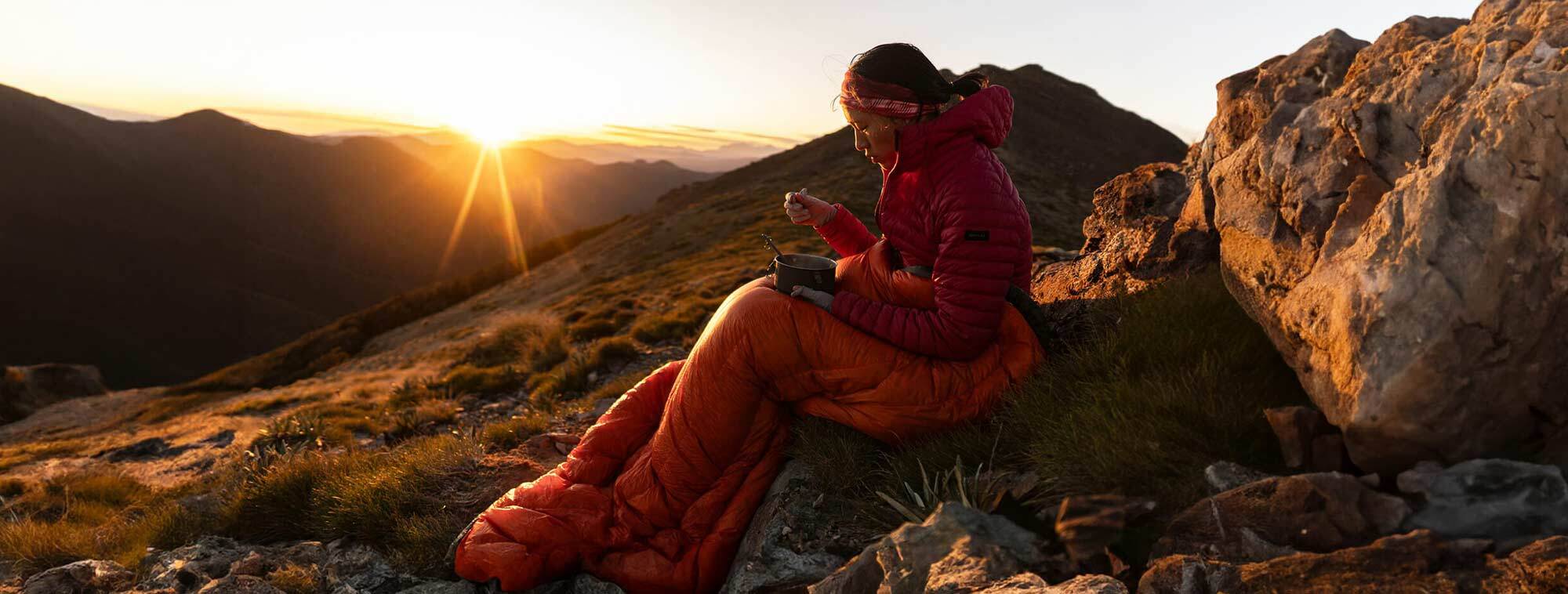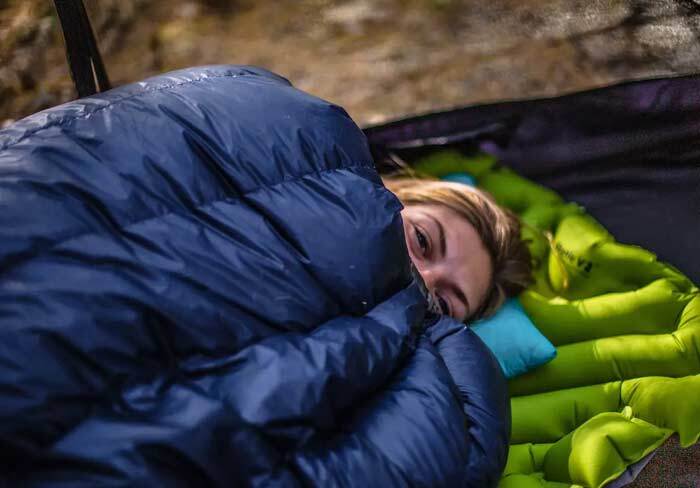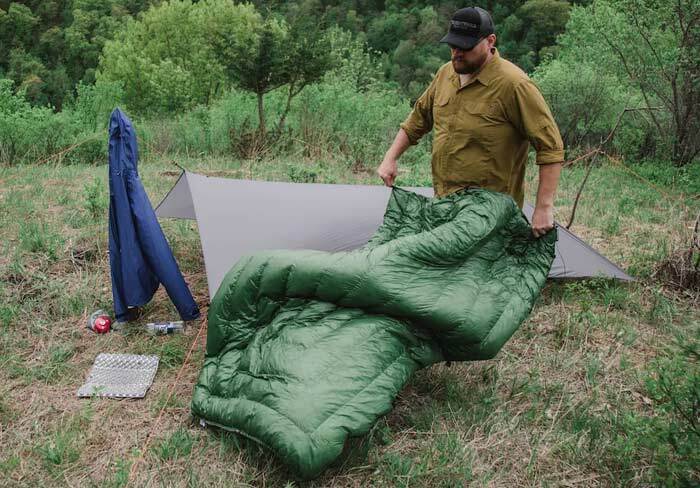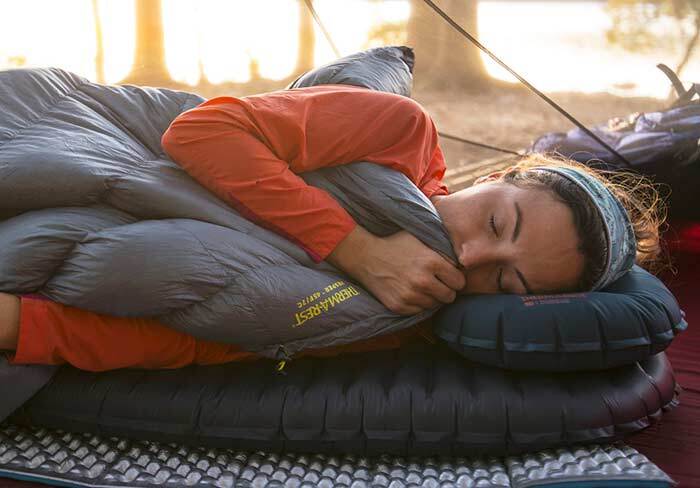The Ultimate Guide to Ultralight Backpacking Quilts
Posted by Danny Pearson on Jul 03, 2025

Backpacking quilts are rapidly increasing in popularity, especially amongst lightweight backpackers. So, what is a backpacking quilt?
Essentially, it’s half a sleeping bag with no bottom layer (although there might be a footbox) and in most cases no zip or hood. The down in a sleeping bag gets compressed underneath you, so do you really need it?
So why would you choose a quilt over a sleeping bag? Here are some of the key positives and negatives of choosing a quilt:

Pack Size & Weight
If you put an equivalent quilt and sleeping bag side by side, you can see that the quilt will pack smaller and weigh less. If you remove the hood, zipper and bottom from a sleeping bag then it should be. This saves space in your pack and allows you to carry a lighter load.

Comfort
A quilt offers the same experience as your quilt/duvet at home. Quilts allow the user to move around much more rather than being tightly wrapped in a restrictive mummy sleeping bag.

Warmth
This additional comfort and lighter weight can come at the expense of some warmth. Many people will still opt for a sleeping bag in freezing temperatures because it’s easier to prevent draughts and heat loss.

Breathability
Overheating can be as much of a problem when camping as being cold. When you overheat, then your body reacts by sweating to cool down.
This moisture can quickly get cool making you feel cold. Additionally, excess sweat can reduce the performance of a down sleeping bag making you colder still.

Versatility
Quilts can be incredibly versatile and cover a wide range of temperatures. Too warm and you can open it up flat for more ventilation. Too cold and wrap it around snugly to reduce air pockets. It’s much easier to manage your temperature than in a sleeping bag (as long as you stay warm enough). It can be used as a camp blanket on a cold evening or added to a sleeping bag to increase the warmth in Winter.

Pairing with your Sleeping Mat
With a quilt, the insulation provided by your mat becomes even more important than for a sleeping bag. You will want a mat with a minimum R-value of 1.5 (the unit of measurement for a mats insulation) for warmer months and at least 4 in freezing conditions.
 |
||
 |
||
| Danny Pearson |
||
|
Dan is a keen distance walker who loves to geek over the latest gear. In the last few years, Dan has completed a couple of TGO Challenge crossings of Scotland, GR221 in Mallorca, Dales High Route and Hadrian’s Wall plus countless other self-planned routes. A keen mountain biker but finds he doesn’t bounce so well these days when the inevitable happens. |
||
Backpacking quilts are rapidly increasing in popularity, especially amongst lightweight backpackers. So, what is a backpacking quilt? Essentially, it’s half a sleeping bag with no bottom layer (although there might be a footbox) and in most cases no zip or hood. The down in a sleeping bag gets compressed underneath you so do you really need it? Here are some of the key positives and negatives of choosing a quilt.
